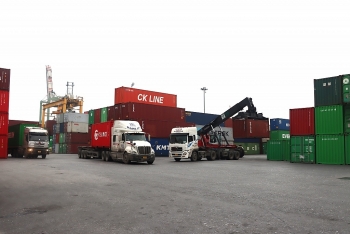Without support, automobile production will decline
| Auto industry needs more than money | |
| Auto stocks to grow thanks to rising consumption | |
| Ministry plans to eliminate import duties on auto parts |
 |
In January 2018, the import tax of cars in the ASEAN region dropped to zero, which has had a strong impact on the market as well as automobile production and business activities of enterprises in general and members of VAMA. Could you give more details about these impacts?
According to our rough calculations, depending on each vehicle, the cost difference between vehicles manufactured in Vietnam is 10-20% higher than those produced in some ASEAN countries. As I said, if there are no barriers to restrict CBU or support CKD production and assembly in the country, it is clear that CBU has a much more competitive advantage. That is a fact we have to admit.
Although the automobile market in 2019 is still growing, this growth is largely on imported CBU cars. This year, TMV will sell about 50,000 cars in Vietnam, of which about 30,000 will be produced in CKD form. Thus, domestically produced vehicles account for 60% of total vehicle sales. Before 2016, CKD cars of TMV accounted for 80-90% of vehicle sales. By 2017, even though TMV switches its Fortuner model from CKD to CBU, domestic production still accounted for 70%, and currently only 60%.
We believe that if there is no change in the future and no measures to support the development of domestic production, the proportion of domestically produced vehicles may continue to decline.
For many years, the localization rate has increased slowly. Why is this? And to support the domestic automotive industry and supporting industries, what do businesses and the Government need to do?
Currently, the localization rate for passenger cars of less than 9 seats is around 10-20%, meaning it is at the first level.
In order to understand why this level is only 20%, it is necessary to clearly recognize Vietnam's current advantages in supporting industry development.
The advantage of suppliers in Vietnam today compared to suppliers from abroad is that they have good labor skills, low labor costs and low transportation costs to auto assembly plants.
However, the disadvantages of many suppliers in Vietnam are their small scale and output due to the small market capacity in Vietnam, the level of workers in producing complex commodities is limited and many raw materials for production depend entirely on imports.
This affects production costs in Vietnam.
Thus, businesses will take these advantages in the production of bulky details, which are imported with high logistics costs or easily damaged during transportation. Or items that require a lot of fine craftsmanship, such as wiring, can take advantage of local labor at a low cost.
The purpose of increasing localization rate of businesses is to lower the price of the car. But if buying a component in Vietnam is more expensive than buying in foreign countries, it makes the car more expensive, reducing the competitiveness of the car made in Vietnam with imported cars.
Last year we studied and invited several suppliers to offer the same details. The detailed result of the cylinder head of fuel tank made in Thailand is two times cheaper than that made in Vietnam. Thus, if only the localization rate is recognized and the cost is ignored, it will lead to increased production costs, then domestic cars will be less competitive, making imported cars stronger.
The most important factor is "output".
In fact, when taking quotes from other places to compare the production costs of each component, we found that plastic and steel parts in cars are greatly affected by the output factor. In addition, when comparing and studying, there are other disadvantages that cause production costs to increase, resulting in 2-3 times higher costs.
These are the details that add another 20% to the next level of localization. The localization at 20% to 40% is at the mid-range and technology factors are not the most important.
However, at this level, factors such as experience, development capacity and management capacity of suppliers are very important, while in Vietnam, the management capacity of many domestic suppliers is not good, so the production efficiency of the product is not high. In addition, in order to produce such components, materials must be imported from abroad and subject to import tax.
In terms of experience, we can support them, but with other problems such as lack of raw materials or small market size, we cannot do anything. In order to solve these problems, it is necessary to have support from the Government. That means that in order to strengthen the market, domestic suppliers need both support from manufacturers and the Government. With both of these, a supplier of spare parts at level 2 will have the opportunity to change and develop.
Because suppliers in Vietnam do not have the advantage of supplying spare parts at levels 3 and 4, the Government needs to have solutions to narrow this cost gap.
So, what is the solution to develop the comprehensive and long-term automotive industry, sir?
Firstly, developing long-term policies to ensure the stable growth of the automobile market, keeping a balanced ratio between domestically produced and imported CBU cars.
Secondly, building a program to support domestic manufacturers to reduce production costs and increase competitiveness, to close the gap between domestically assembled and imported vehicles, to have fair policies with all car manufacturers in Vietnam which are in line with international practices.
Thirdly, building supportive policies to promote the development of the automotive support industry. We strongly expect the Government to direct support for molds and fixtures to make up the shortage of market capacity compared to other countries in the region. If so, businesses will be much more likely to promote localization.
| Mr. Nguyen Duc Kien, Deputy Chairman of the National Assembly's Economic Committee: The role of the State is to organize the ecosystem or to create a community for businesses, linking businesses and identifying the leading and spearhead enterprise for investment and promotion. The automotive industry develops based on economies of scale. Therefore, creating enough market capacity for domestic automobile manufacturers and encouraging the use of domestically produced cars is a factor that we must consider. For example, offering automobile procurement packages of ministries, branches and localities, so businesses can actively invest and produce to meet requirements and participate in bidding. In addition to the domestic market, it is necessary to support enterprises in exporting. Mr. Le Ngoc Duc, General Director of TC Motor: Price competition between imported cars (CBU) and assembled production vehicles (CKD) is becoming fiercer when domestic cars are under pressure with costs, prices, and taxes compared to imported cars. Although Decree 125/2017/ ND-CP helped reduce a part of production costs for businesses, the difference between import tax rates for CKD and CBU cars is still very high (CBU tax is at 0% and does not have many expenses related to production and operation), while imported raw materials to produce automotive components are subject to import tax. Therefore, the proposal of the Ministries (Finance, Industry and Trade) to exempt excise tax on the domestic production value of cars is necessary to create more motivation for domestic automobile production investment as well as creating a competitive advantage for locally assembled vehicles. Mr. Tran Ba Duong, Chairman of Truong Hai Automobile Joint Stock Company (Thaco): The Ministry of Industry and Trade has proposed to eliminate special consumption tax on domestically produced products, which is a very good policy. If this policy is implemented, even foreign enterprises which have now moved from assembly to import of complete units will return to assembly in Vietnam. When there are many assembly businesses, we will develop support industries. Mr. Pham Van Dung, General Director of Ford Vietnam: The proposal to reduce import tax and special consumption tax with domestic components of the Ministry of Industry and Trade and the Ministry of Finance will have the effects of increasing the localization rate and promoting domestic automobile enterprises to buy more domestic components and spare parts. When the price of a new car drops, it creates a market capacity large enough to boost production. For every industry to develop, the vital thing is to have a market, both at home and abroad. But the most important thing is that the policies must be stable and consistent under the spirit of supporting industry development. It is important to avoid the frequent fluctuations of policies that discourage businesses from making long-term investments. |
Related News

Implementing unprecedented fiscal policies to actively support people and businesses
16:25 | 17/04/2024 Finance
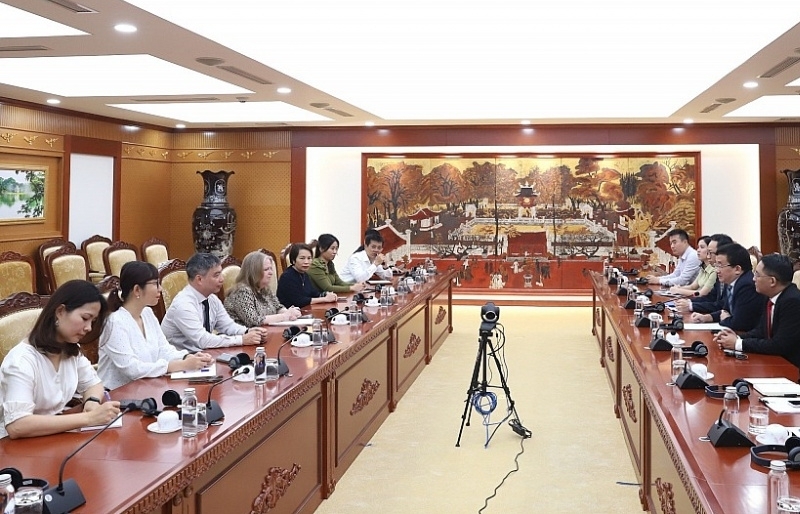
IASB recommends Vietnam prepare infrastructure to apply IFRS
09:57 | 16/04/2024 Finance

Quang Ninh Customs: Flexible solutions to raise revenue
17:08 | 14/04/2024 Customs
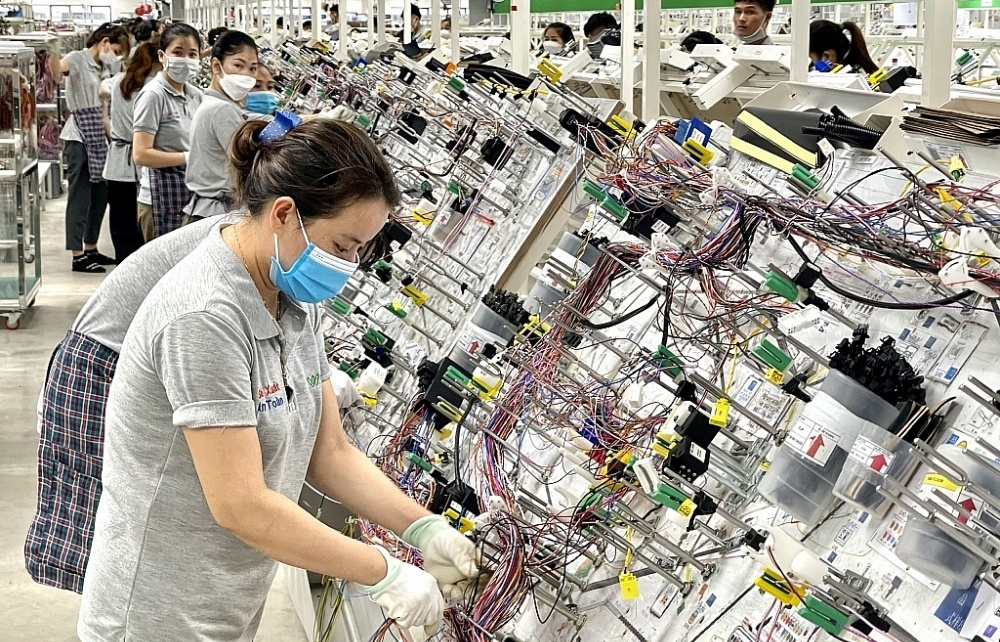
Launch of FDI Annual Report 2023
16:25 | 17/04/2024 Import-Export
Latest News
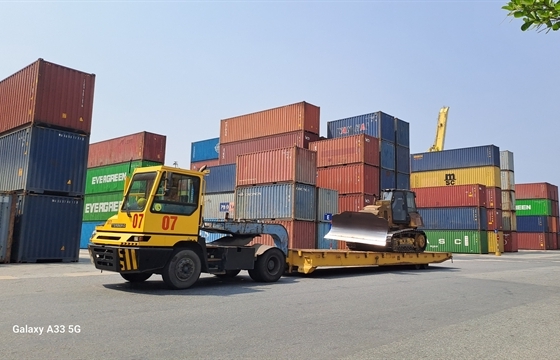
Central beach city to lure investment from potential partners
14:54 | 03/05/2024 Import-Export
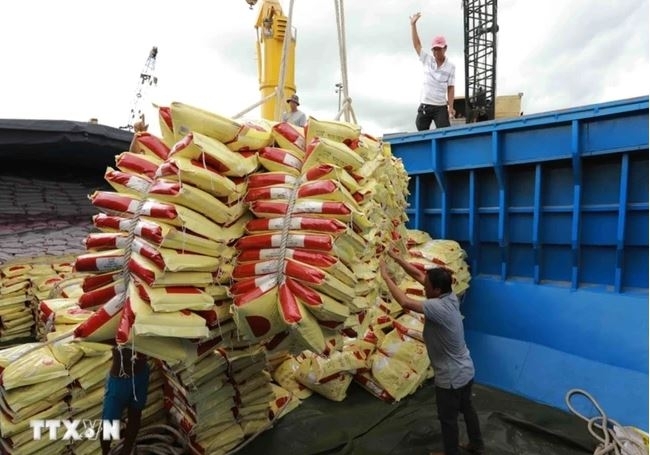
Vietnam to have enough 8 million tonnes of rice for export
14:47 | 03/05/2024 Import-Export
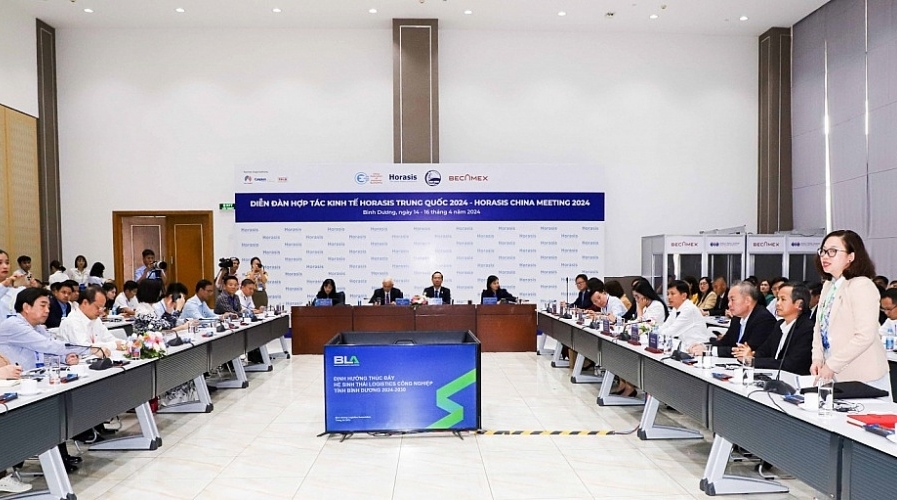
Binh Duong: Fertile ground for logistics businesses
10:16 | 03/05/2024 Import-Export
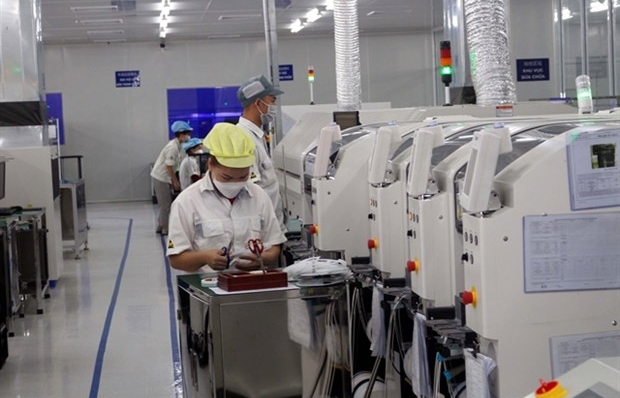
Some 51,600 new firms established in four months
17:17 | 02/05/2024 Import-Export
More News
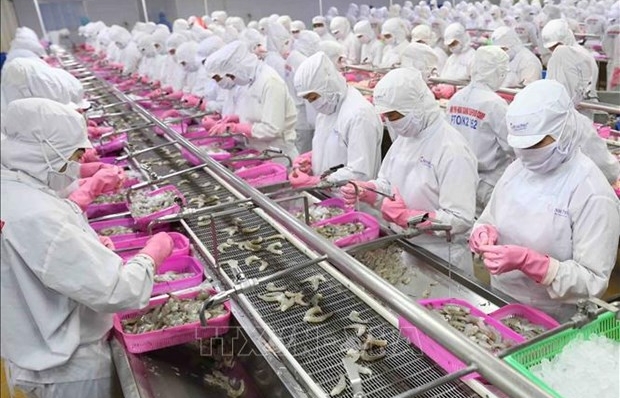
Agro-forestry-aquatic product exports post trade surplus of 4.74 billion USD in four months
17:13 | 02/05/2024 Import-Export
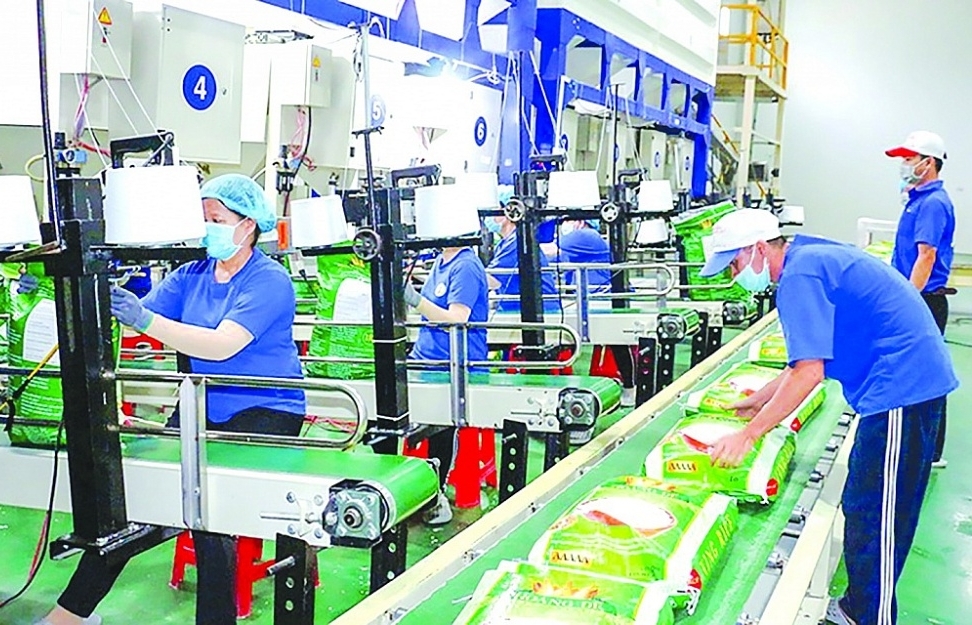
Enhance the core values of the national brand
15:36 | 02/05/2024 Import-Export
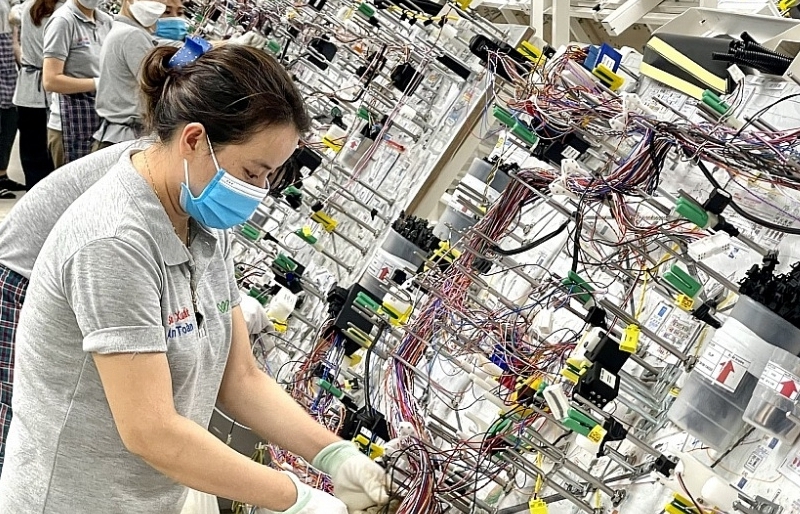
Solutions for maintaining Vietnam's position as a bright spot for foreign direct investment
15:36 | 02/05/2024 Import-Export
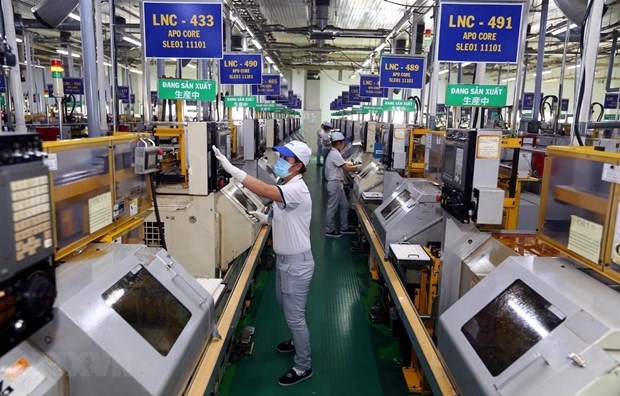
FDI disbursement in January-April period reaches five-year record
19:43 | 01/05/2024 Import-Export

Binh Duong aims to become logistics hub in southern region
19:41 | 01/05/2024 Import-Export
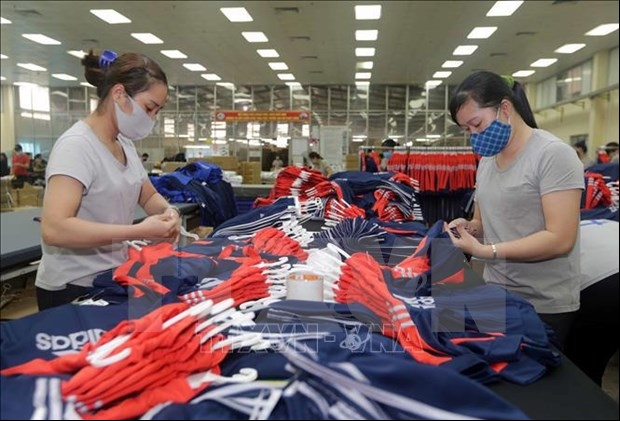
Digital transformation – optimal choice for Vietnamese garment & textile firms
19:39 | 01/05/2024 Import-Export

Infrastructure development creates momentum for exports to "neighboring" markets
19:36 | 01/05/2024 Import-Export
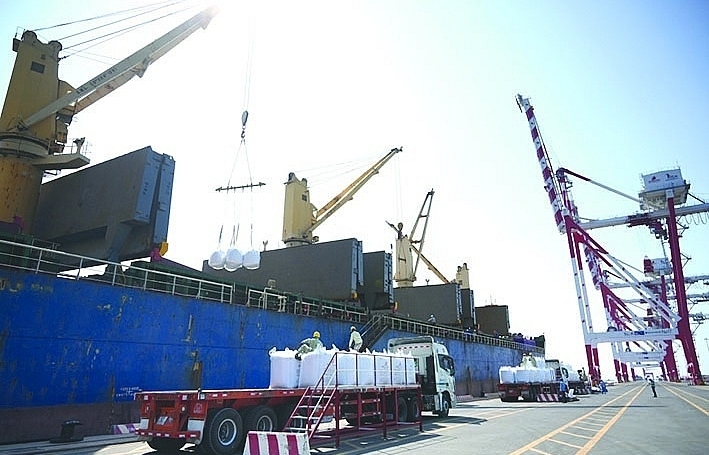
Seaports increase services to attract goods
19:35 | 01/05/2024 Import-Export
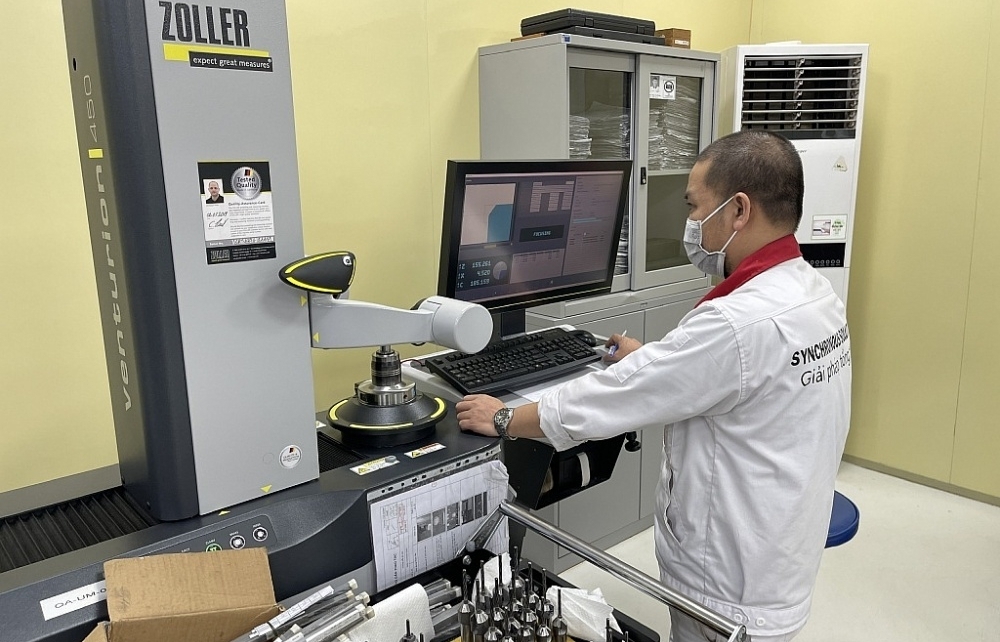
The supporting industrial enterprises transform for sustainable development
08:20 | 01/05/2024 Import-Export
Your care

Central beach city to lure investment from potential partners
14:54 | 03/05/2024 Import-Export

Vietnam to have enough 8 million tonnes of rice for export
14:47 | 03/05/2024 Import-Export

Binh Duong: Fertile ground for logistics businesses
10:16 | 03/05/2024 Import-Export

Some 51,600 new firms established in four months
17:17 | 02/05/2024 Import-Export

Agro-forestry-aquatic product exports post trade surplus of 4.74 billion USD in four months
17:13 | 02/05/2024 Import-Export


